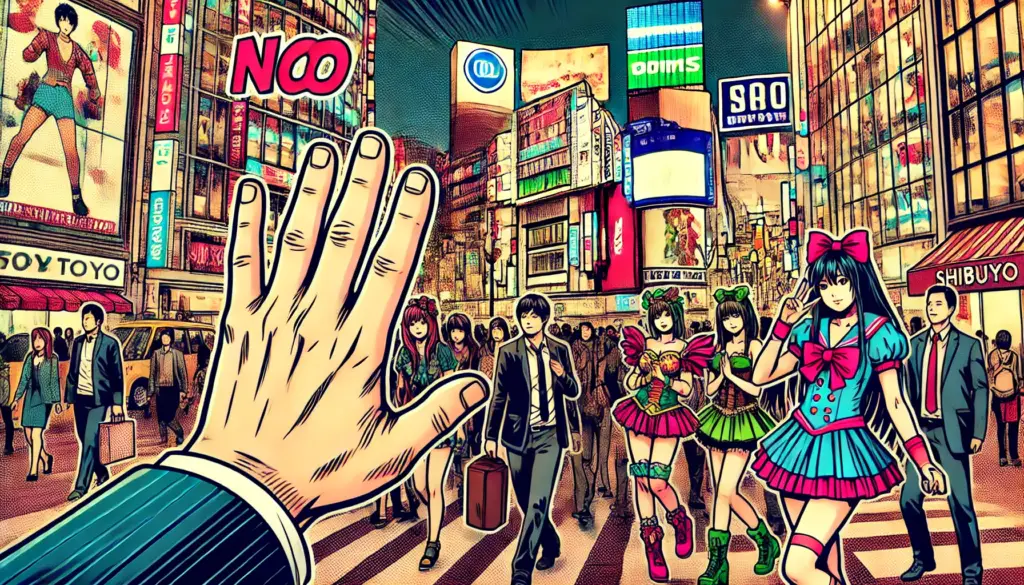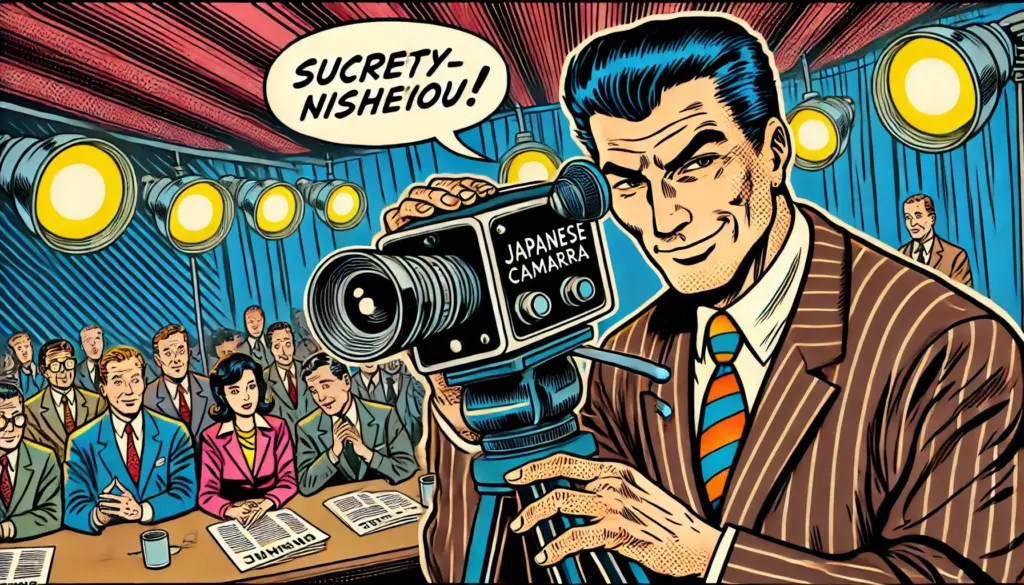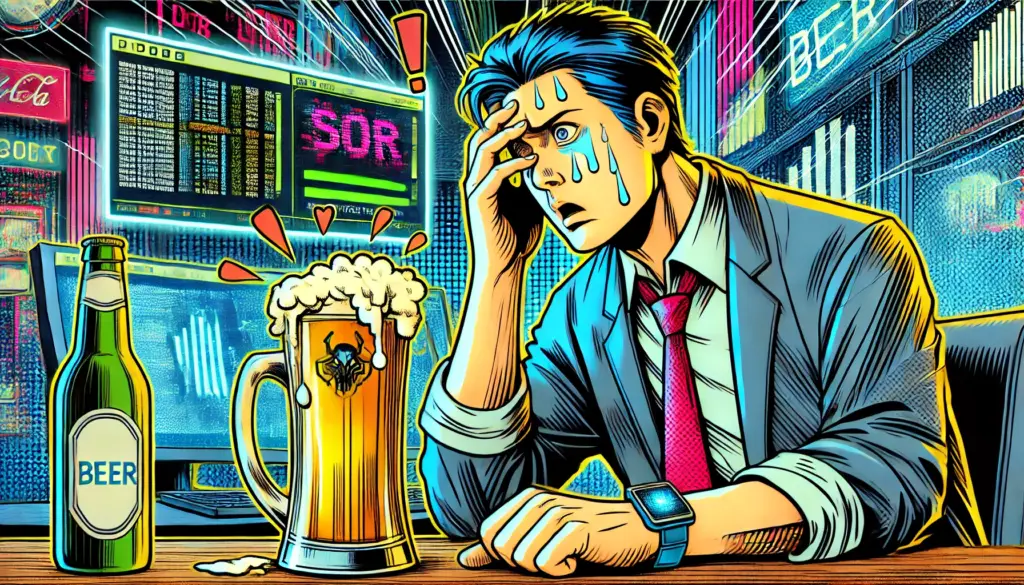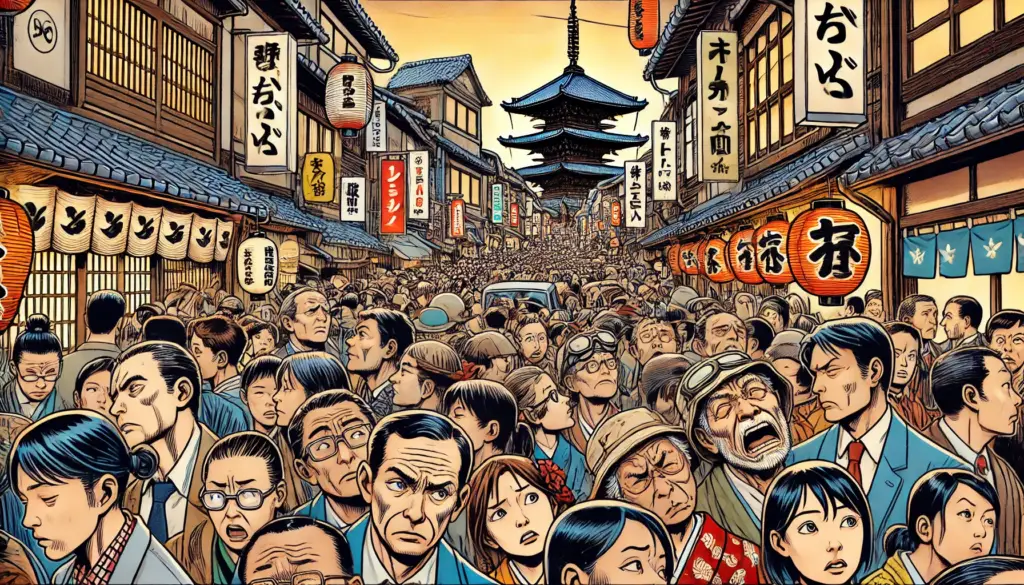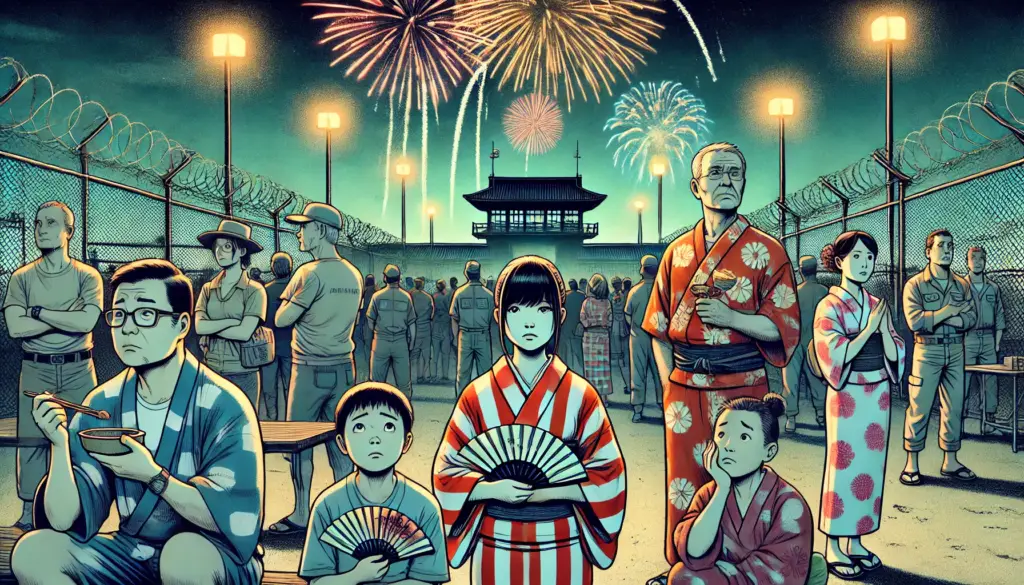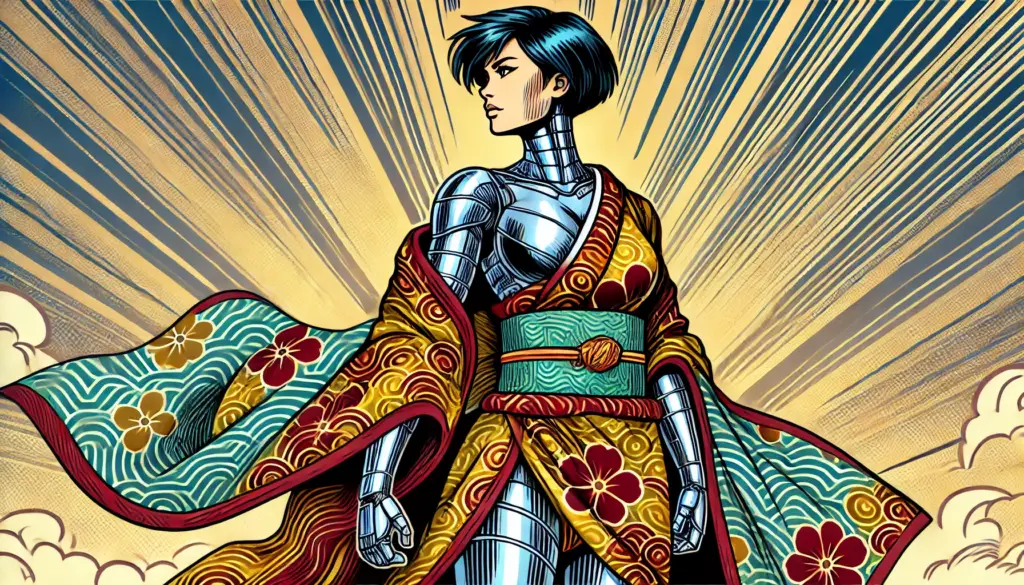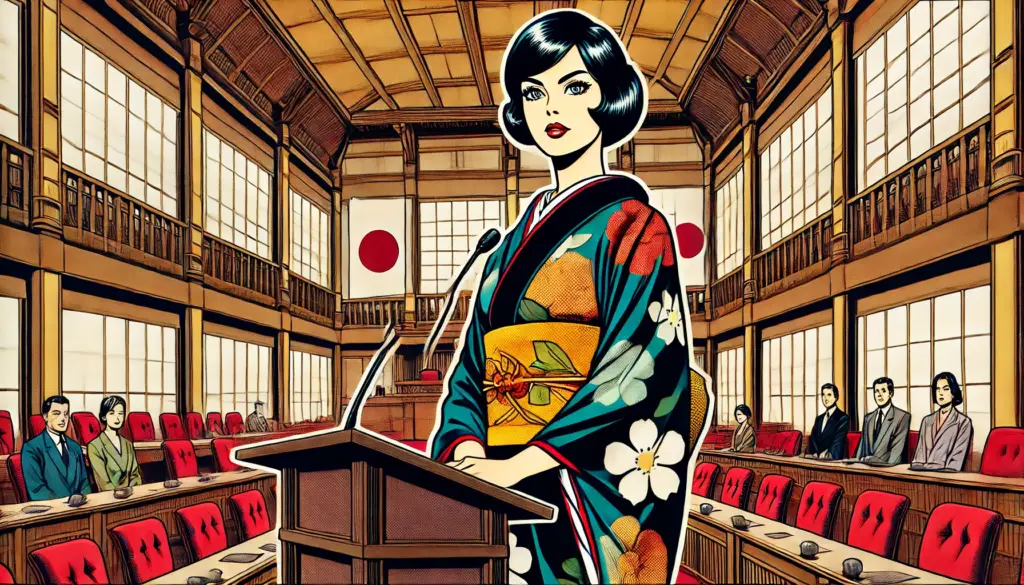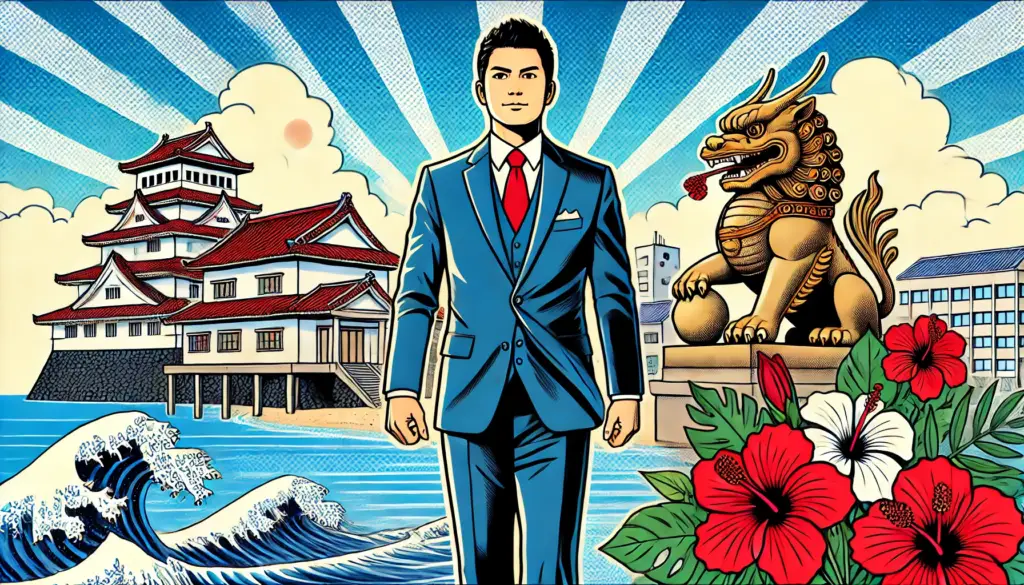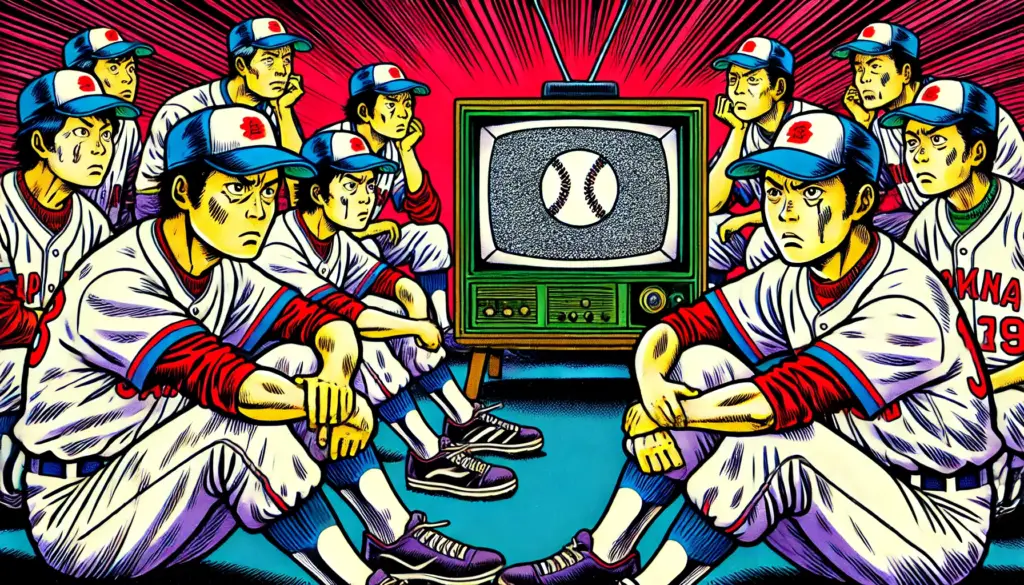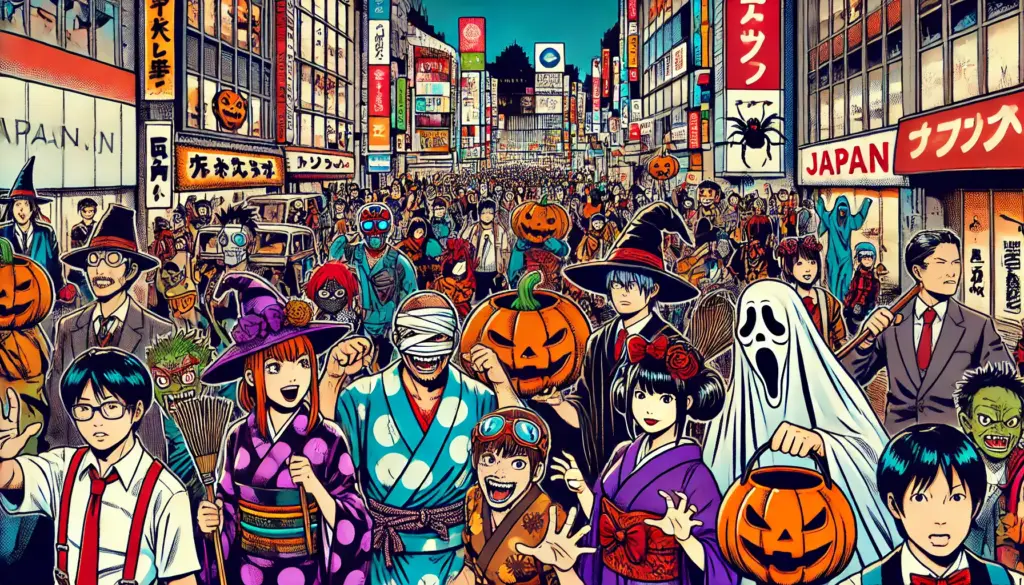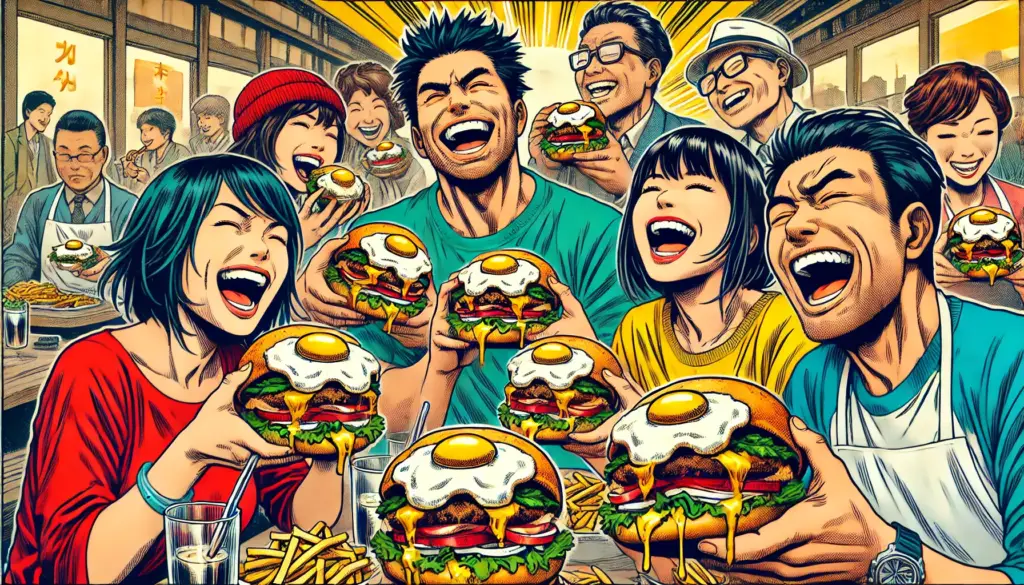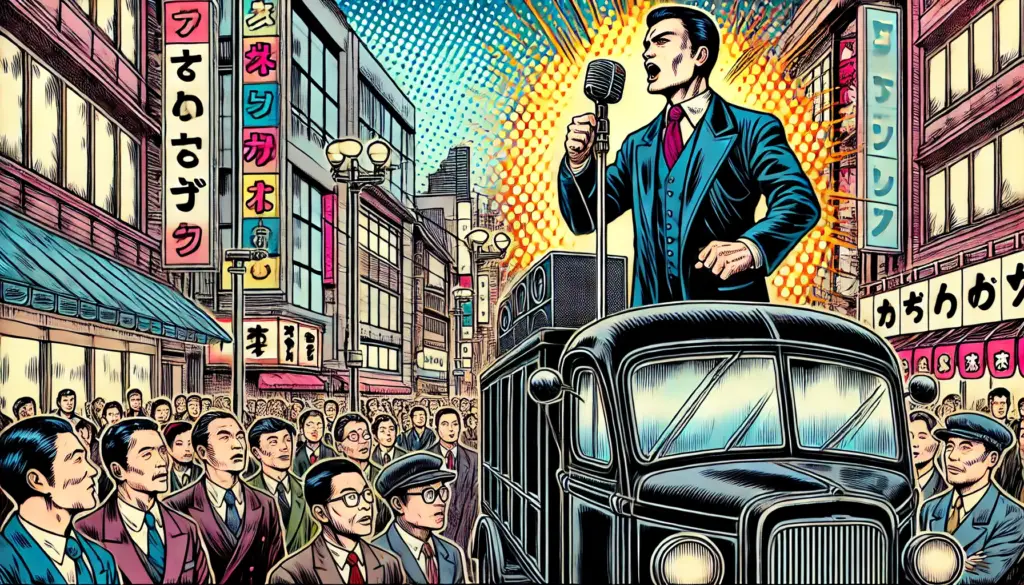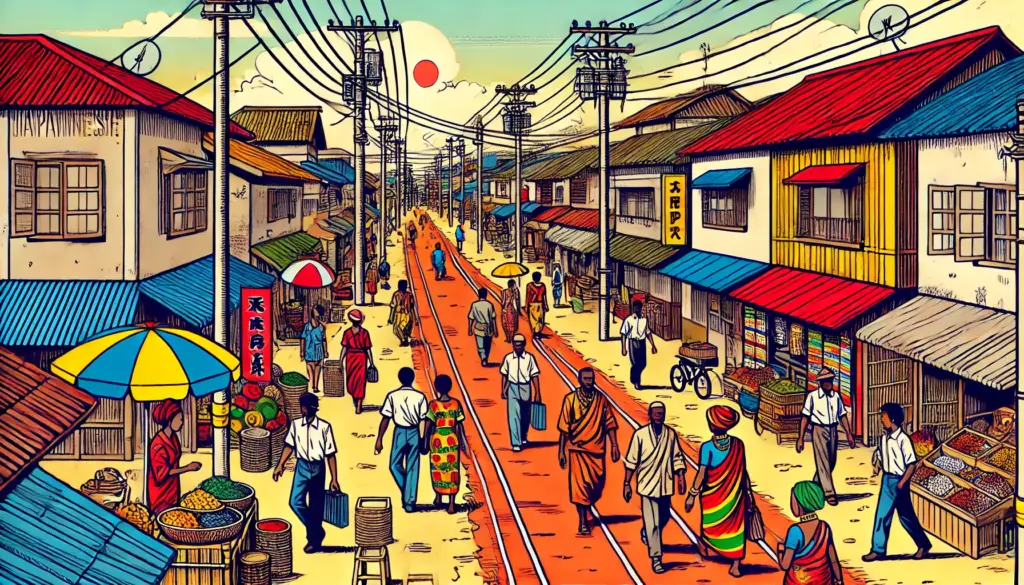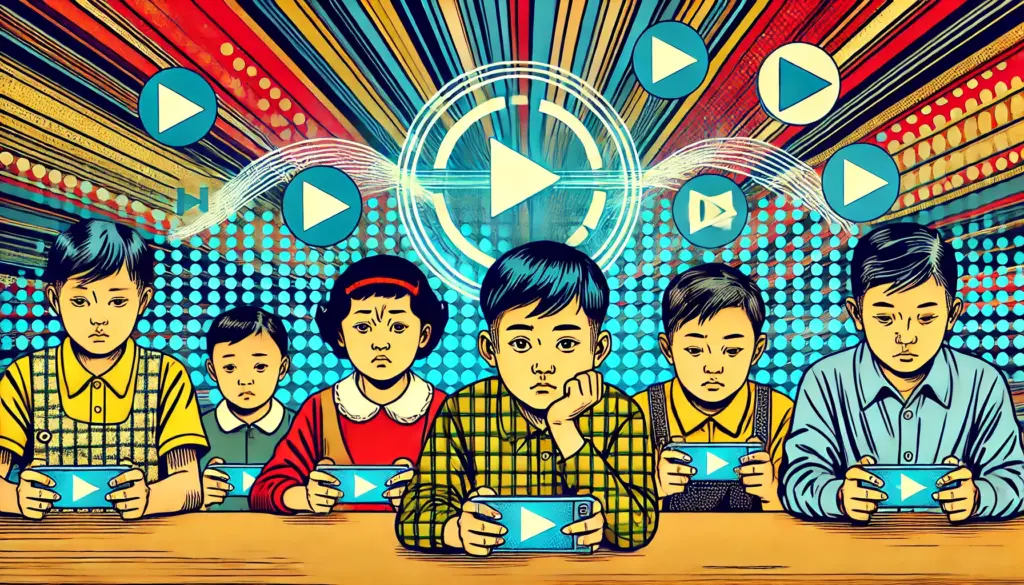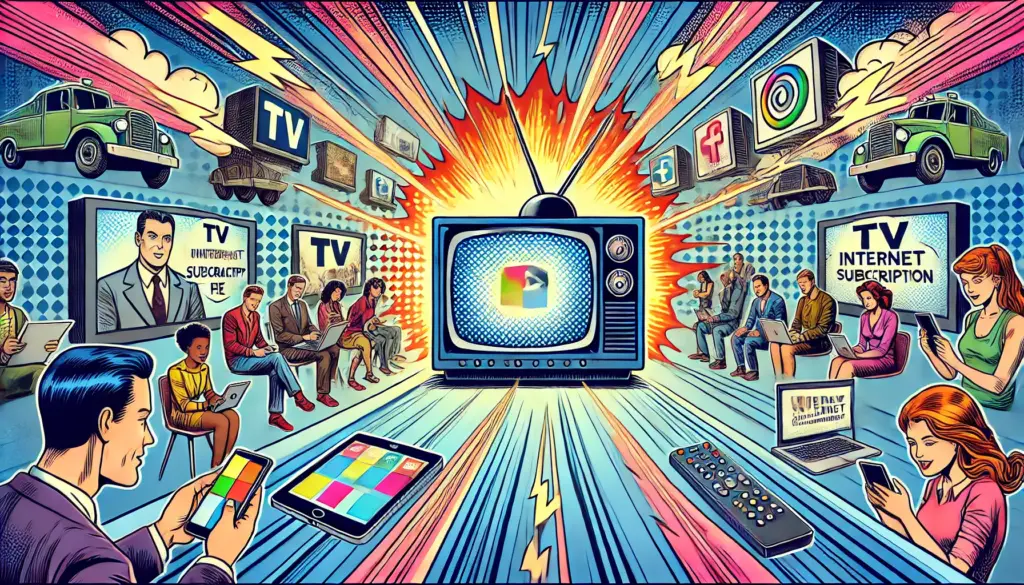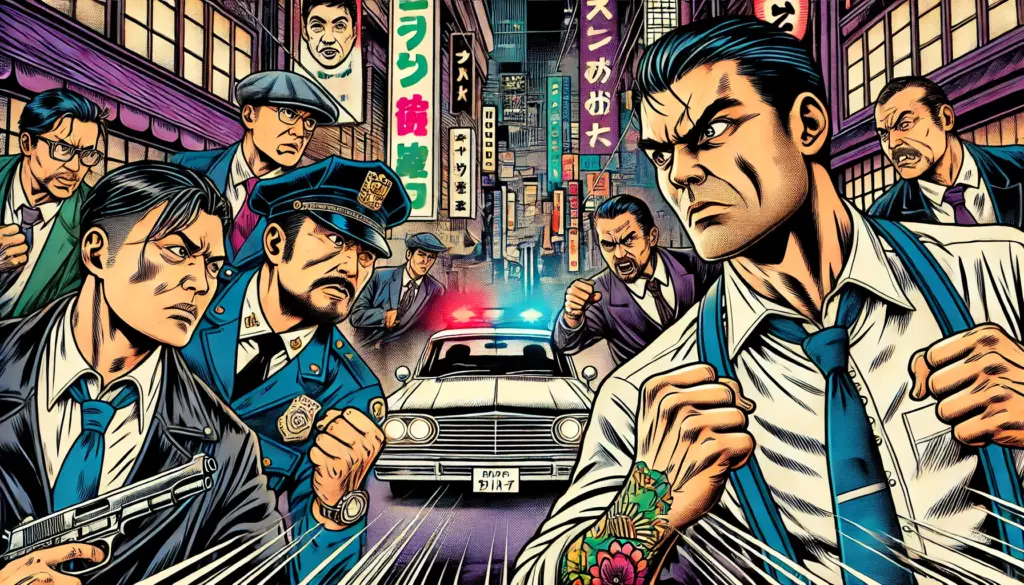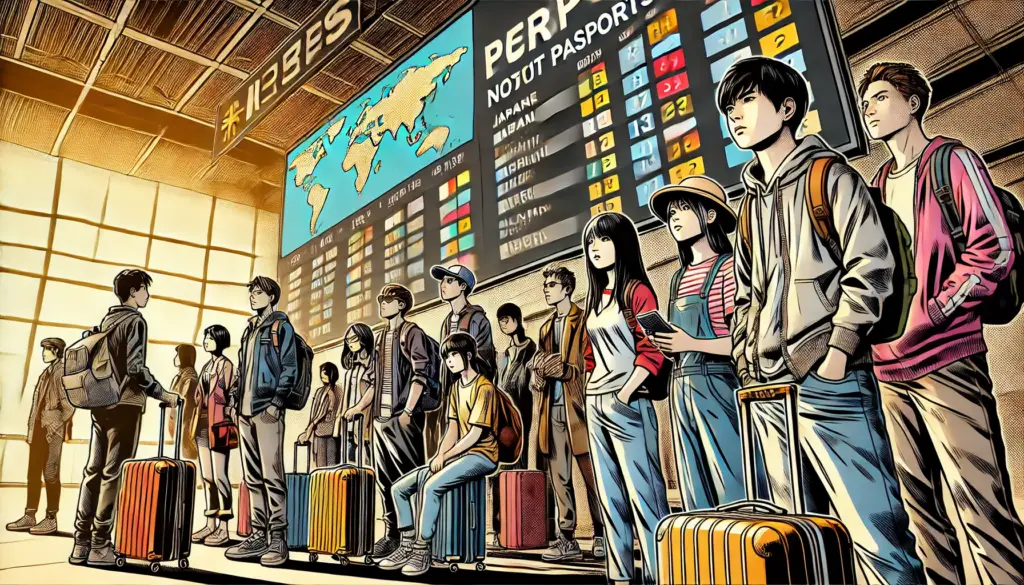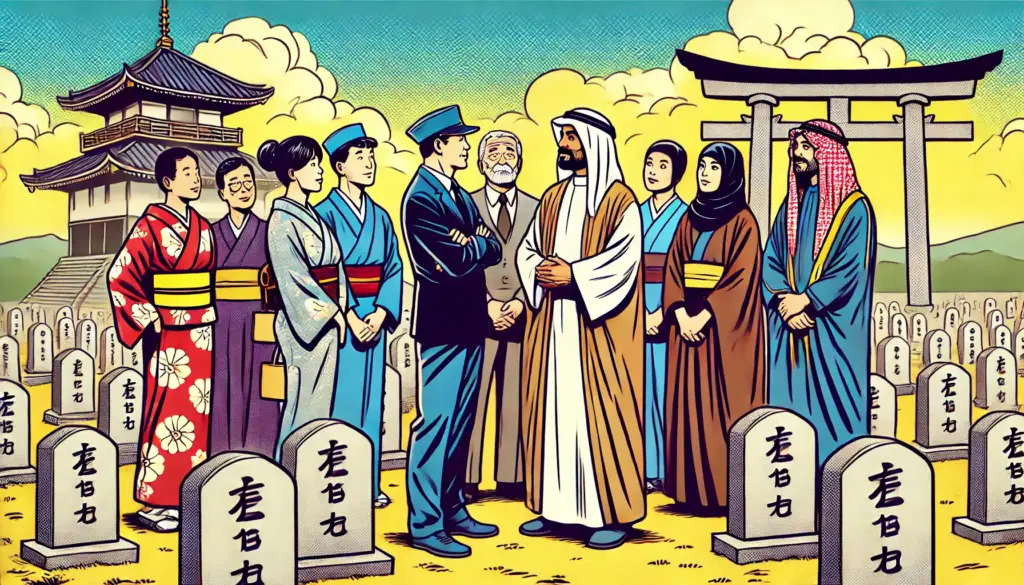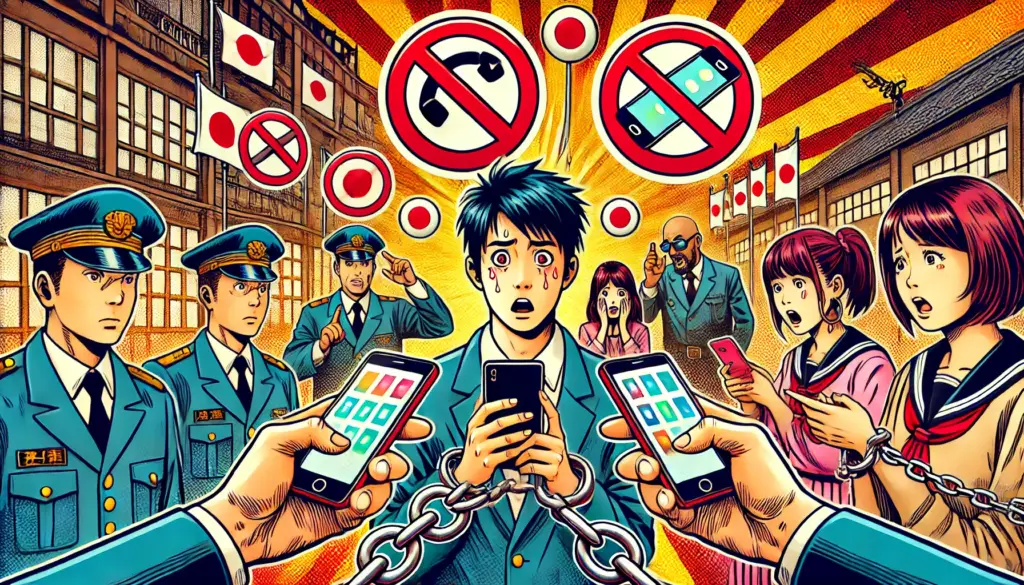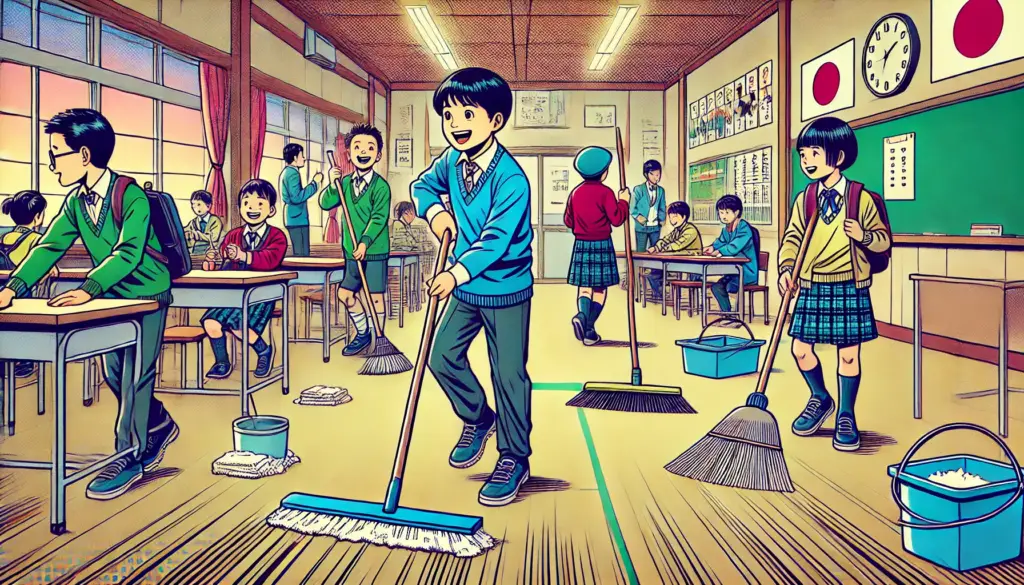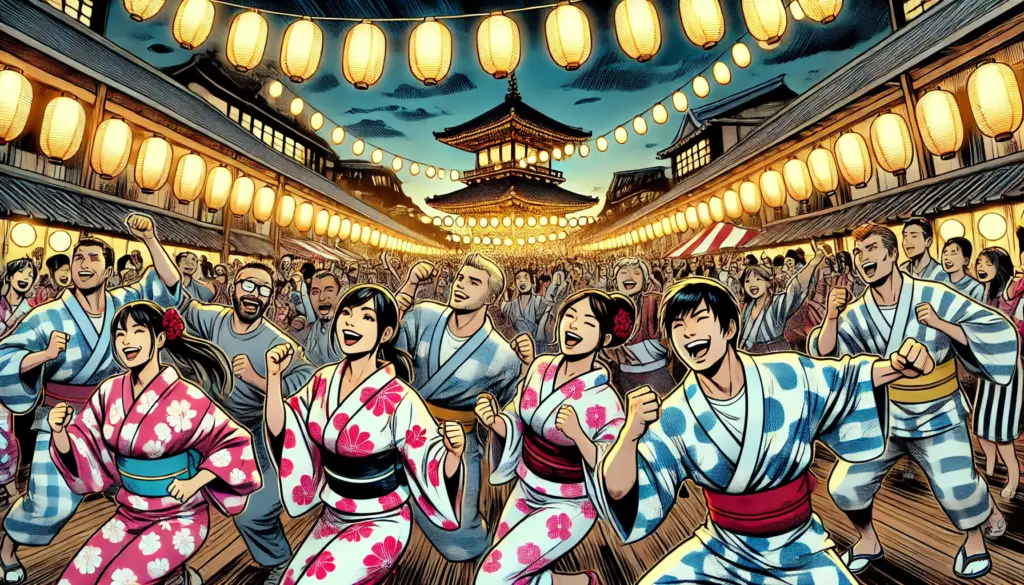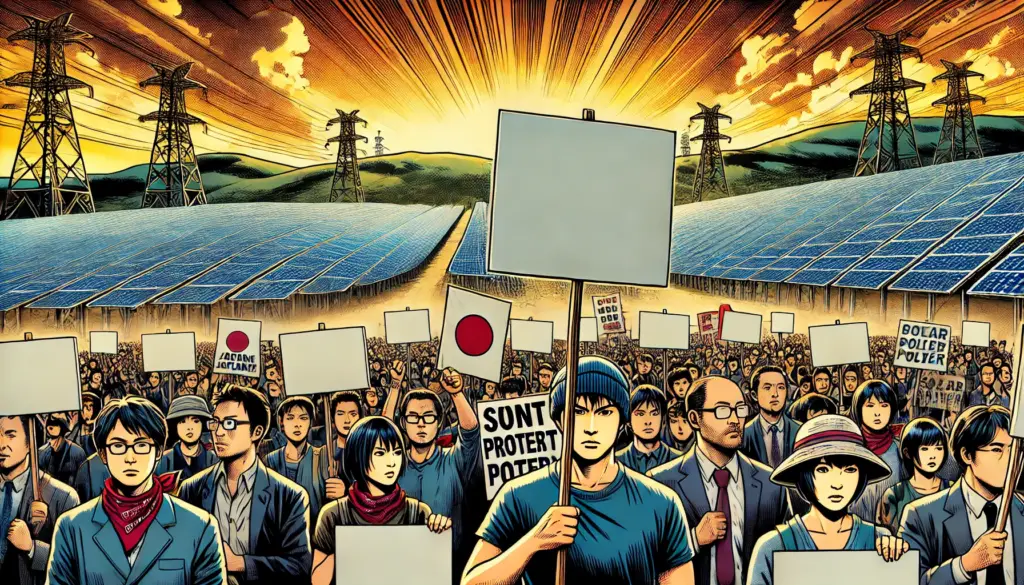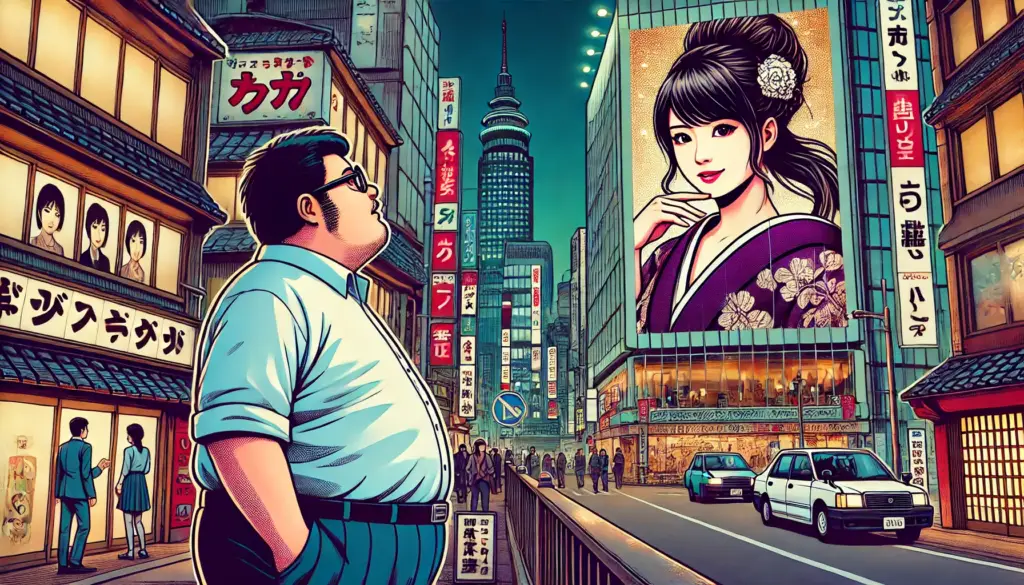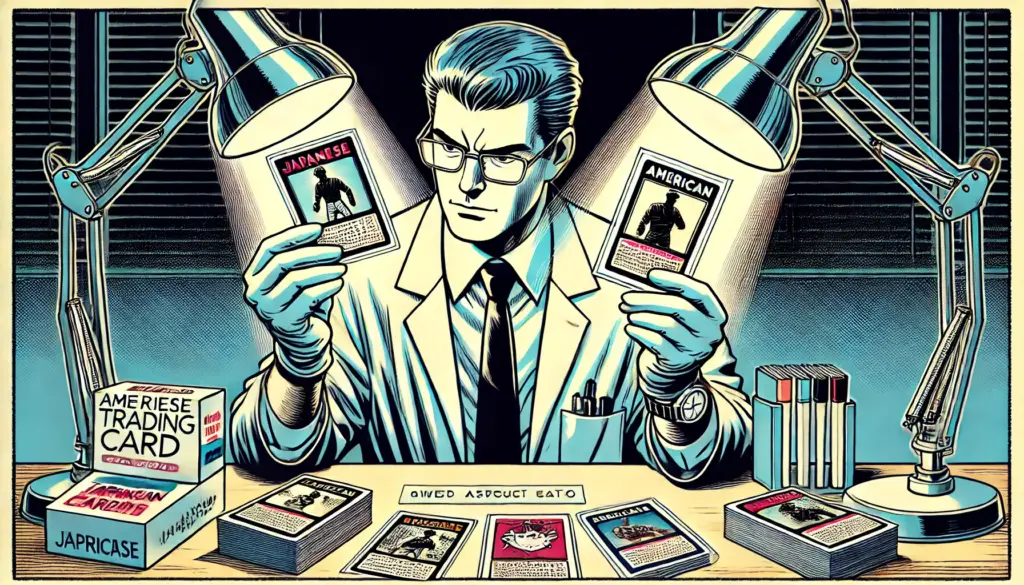
If you’re a Pokémon card collector, you may have noticed that Japanese and American cards aren’t quite the same. From card quality to release schedules, and even exclusive editions, the differences go far beyond just language. Whether you’re a fan, a collector, or a competitive player, understanding these distinctions can make a big difference in how you buy, trade, or play. Let’s dive into the key differences between Pokémon cards in Japan and the United States.
🃏 1. Card Quality: Print, Texture, and Materials
Japanese Pokémon cards are often praised for their higher print quality. Many collectors note:
- Sharper printing and finer details
- Smoother holofoil texture
- Stronger card stock with less warping over time
Meanwhile, American cards, printed by The Pokémon Company International via various contractors (like Cartamundi), tend to have:
- More noticeable print alignment issues
- Thicker texture but more prone to edge wear
- Different holo patterns (e.g. “cosmos” holo in English sets)
🌍 2. Release Schedule and Set Structure
Japan typically gets new sets months before they’re released in English. This has several effects:
- Japanese sets are smaller and more focused (usually ~70–100 cards).
- English sets combine multiple Japanese mini-sets, often exceeding 200 cards, including Secret Rares.
- Some Japanese cards or mechanics are not included in English sets at all.
This time gap also creates a spoiler culture, where players and collectors look at Japanese leaks to predict the English meta and chase cards.
🔤 3. Language and Regional Symbols
Obvious but essential: Japanese cards are written entirely in Japanese, while English cards have… well, English! But more than that:
- Japanese cards use katakana or kanji for move names and descriptions.
- English cards sometimes modify card names or translations (e.g., “Goukazaru” becomes “Infernape”).
Also, regulation marks and set codes can differ. For example, a Japanese “SV4a” may become part of “Scarlet & Violet: Paradox Rift” in English.
🌟 4. Exclusive Editions (U.S.-only / Japan-only)
🇯🇵 Japan-only Cards & Promos:
- CoroCoro Comic Promos – often unavailable outside Japan
- Pokémon Center Japan exclusives – like 25th Anniversary Pikachu with gold foil stamp
- Event-limited cards – like “Victory Medal” from Japan’s official tournaments
- Regional Decks – such as Gym Challenge decks, sold only in Japanese Pokémon Centers
🇺🇸 U.S.-only Cards & Promos:
- Prerelease stamped cards – given at local game store events
- McDonald’s promos – tied to U.S. Happy Meals
- Build & Battle Boxes – with exclusive stamped promos
- ETBs (Elite Trainer Boxes) – rarely sold in Japan in the same format
💵 5. Market and Pricing Differences
Interestingly, Japanese booster boxes are cheaper (around ¥5,000–6,000 or ~$35–$40), compared to U.S. boxes which often exceed $120 due to larger set size and different distribution.
However, certain Japanese cards have skyrocketed in international value, especially limited promos or vintage cards like:
- 1997 Pikachu Trophy Cards
- Illustrator Pikachu
- Shining Charizard (Neo Destiny, JP version)
🎮 6. Competitive Play and Legality
- Japanese cards are not legal in official tournaments outside Japan unless an English version of the card exists.
- Japanese players tend to use smaller deck boxes and sleeves due to the smaller standard card size (JP cards are ~0.5mm narrower).
- Some cards are banned in Japan but legal elsewhere, and vice versa, due to regional meta balance.
🔍 7. Collector’s Tips: How to Spot Region-Specific Cards
Here are ways to identify whether a card is from Japan or the U.S.:
| Feature | Japanese Card | English Card |
|---|---|---|
| Language | Japanese (katakana/kanji) | English |
| Back Design | Same as English | Same as Japanese |
| Set Code | “SV4a”, “S10b” etc. | “SVPEN”, “PAL” etc. |
| Texture | Glossier surface | More matte feel |
| Size | Slightly smaller | Slightly larger |
| Foiling Pattern | Subtle linear holo | Cosmos or confetti holo |
🧭 Final Thoughts
While Pokémon cards are part of a shared global franchise, the cultural and production differences between the Japanese and American versions are significant. For some, collecting both adds excitement and depth to the hobby. For others, it’s a strategic choice for investment or competitive edge.
Whether you’re chasing that pristine Japanese promo or just trying to complete your English set, understanding these nuances gives you a sharper edge—and more fun in the hunt. 🕵️♂️💼




